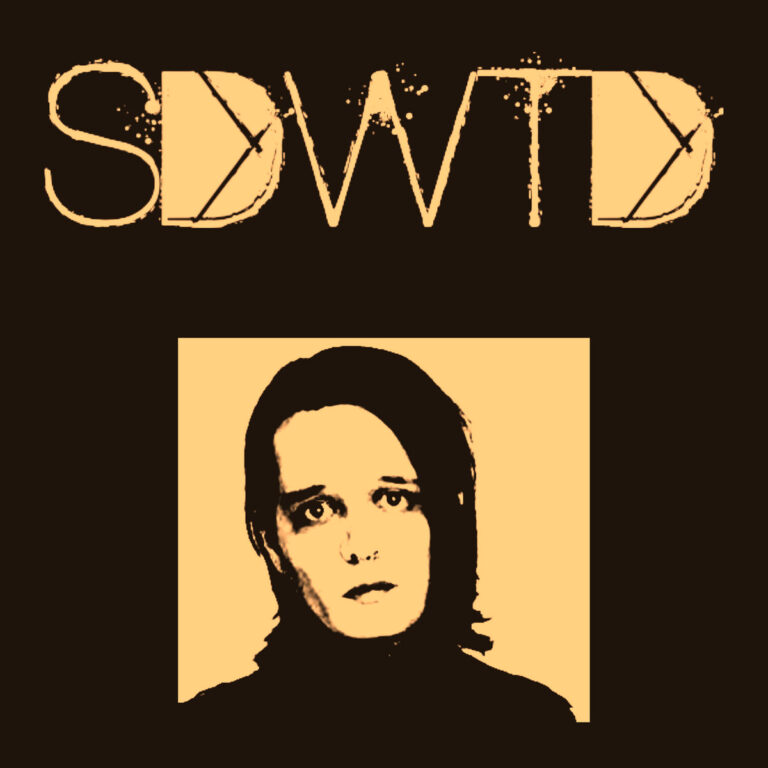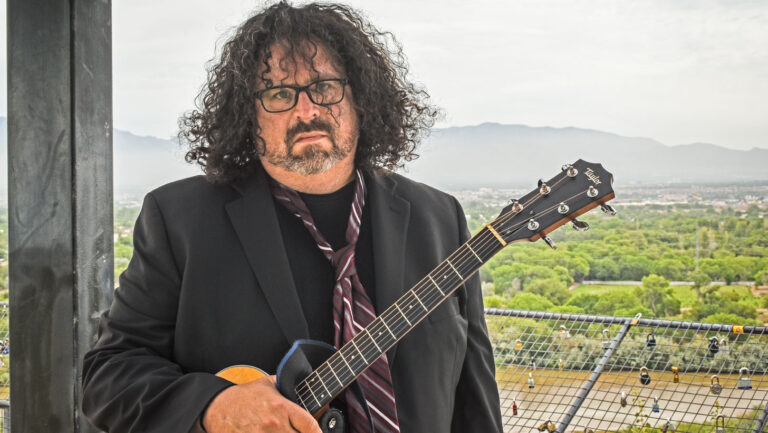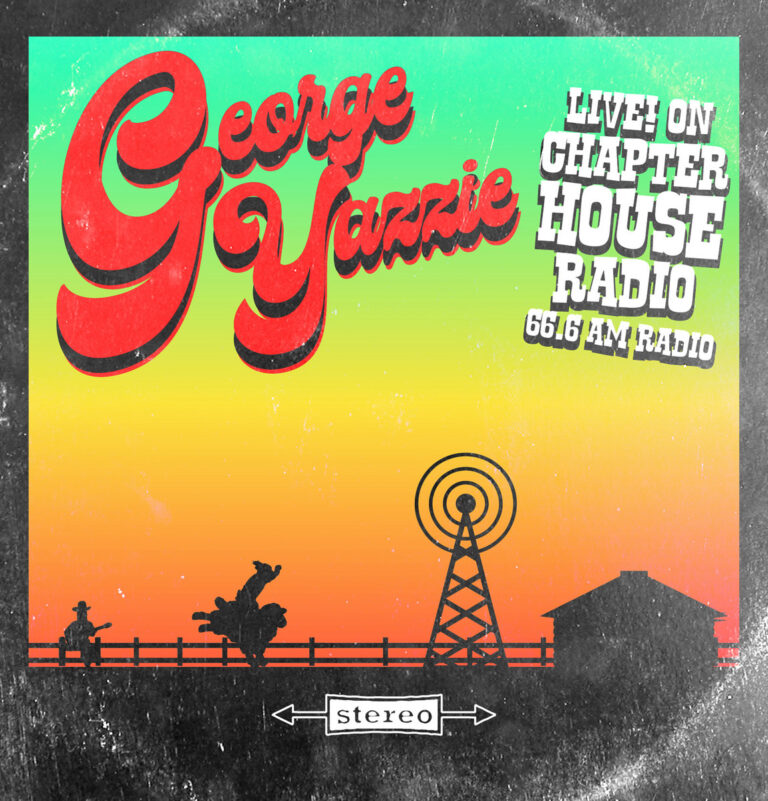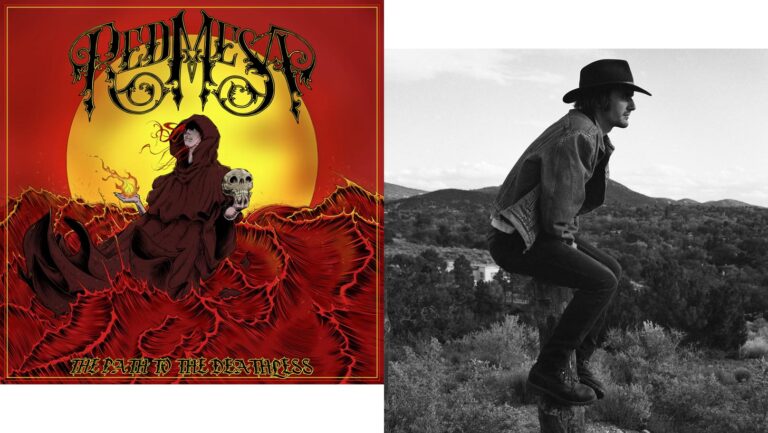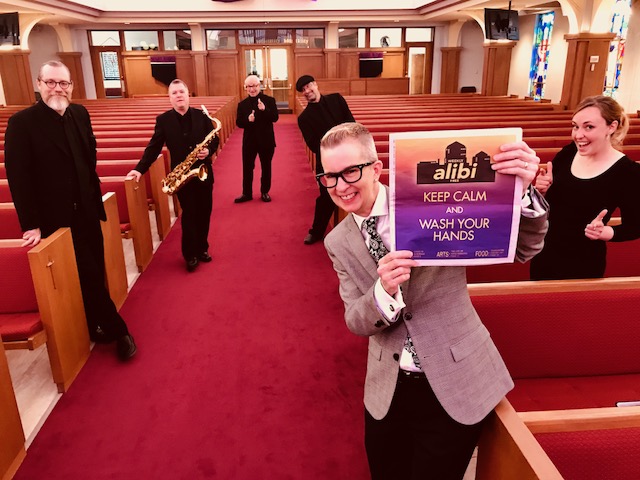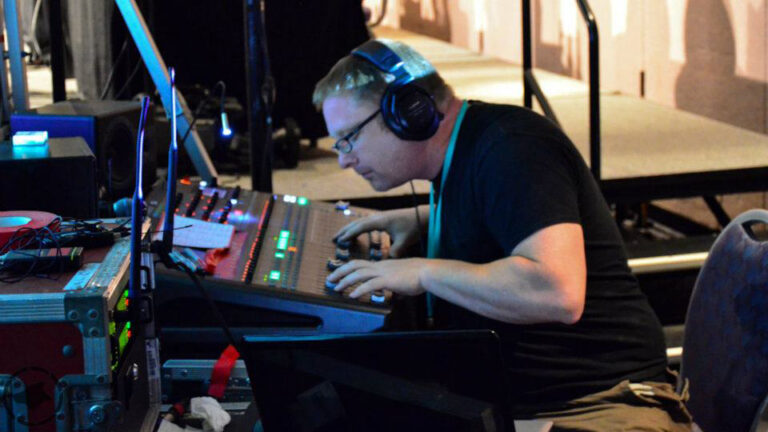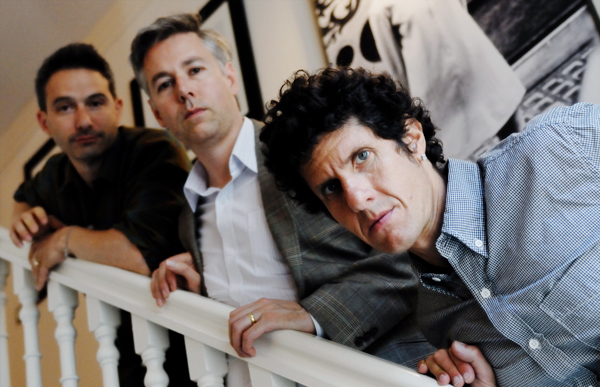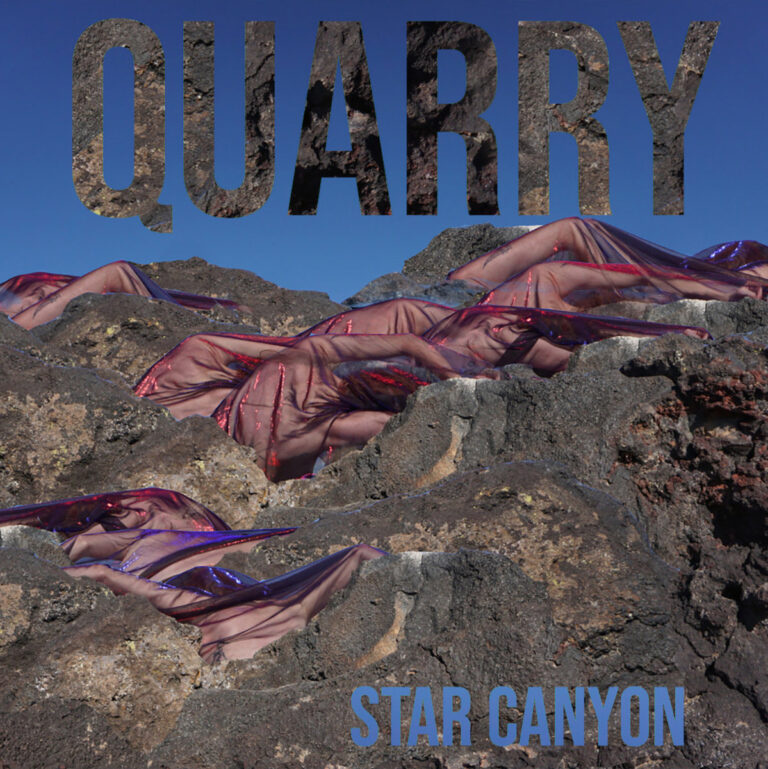After a few deep breaths, Corey exhales and releases, letting go some of the daily grief she feels for her previous life in the high-powered world of attorneys and politicians. Next, she focuses her whole body on finding just the right pulsating beat from her CD collection. It must fit her emotions perfectly in that moment, or all will be lost; her words will continue to dance about, with no sense of how she desires to choreograph them.
“I feel the bass in me and it brings my divided brain together. When I focus on the rhythm, it sews both halves together. If I have music, I can do something,” she says.
Dr. Alya Reeve of UNM's Department of Psychology describes how music stimulus is processed in the right half of the brain in the same way, at the same time as other visual and aesthetic appreciation is happening on the left side. The left lobe is “where we process language in terms of structure, intervals, overtones. This processing of stimulus is akin to being able to talk, but the challenge is, are we understanding inflection, jokes, more than one layer of meaning?” Depending on where a person is in his or her recovery, what works for each individual is different. For example, Dr. Reeve continues, “listening to violins may be helpful for one person, while those same sounds can be completely overwhelming to another.”
Patrice Repar, who has spent the last three years “facilitating creative encounters” at UNM Hospital and other places throughout New Mexico, talks about meeting people “in” the music. “It is not about producing good or bad music,” she says. “The creativity is about all of it. Even if there is no music, the process is musical.” She explains the distinction like this: “The world of therapy is about how to ’fix' people. [But] the creative world is about, ’how am I going to be there with you to help something happen?' I, the practitioner, do not direct the healing in that moment. The patient creates it. It is self-directed.”
Doctors can help us live, but they can't give us back the lives we had before experiencing trauma. One in seven New Mexico families are affected by brain injury after surviving car accidents, domestic violence, shaken baby syndrome or simply falling. Each day we learn more about the patient art of using music as a practical tool and a healing practice beyond mere entertainment and relaxation.
Brain injury may be called the “silent epidemic,” but there is something we can all do to change that. Let's make some noise.
March Is National Brain Injury Awareness Month
